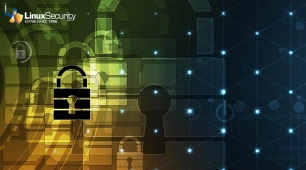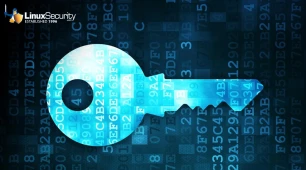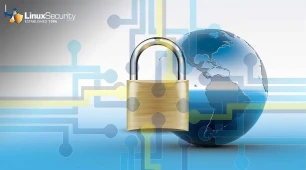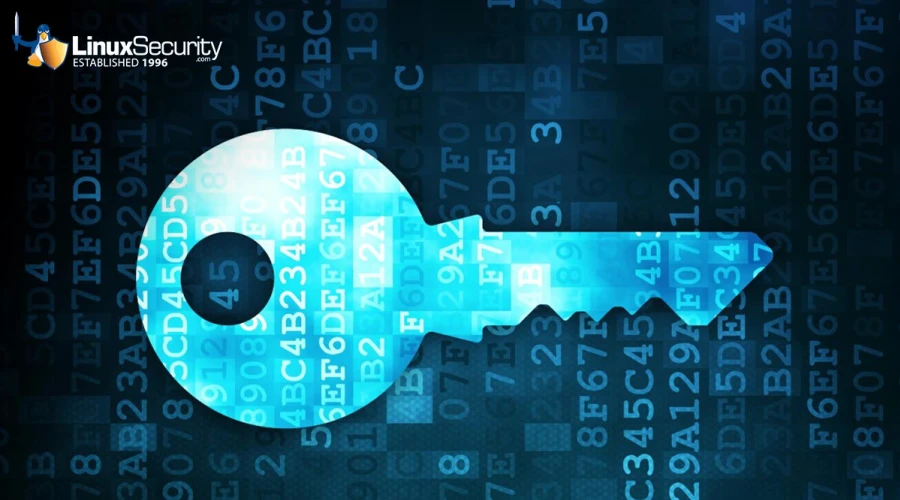
Recent advancements by cybersecurity researchers have shed additional light on Cicada3301, an emerging and formidable ransomware-as-a-service (RaaS) threat. Thanks to an analysis conducted by Group-IB researchers who gained access to its affiliate panel on the dark web, a deeper understanding of Cicada3301's operations, targets, and potential effects on the cyber threat landscape has been achieved, enabling businesses to prepare themselves for this emerging risk more effectively.
To help you understand the latest insights on this threat and how to mitigate the risk of an attack, I'll explain how Cicada3301 ransomware works, who it targets, and measures admins and organizations can take to secure their critical systems and data. Let's begin by examining the RaaS model, which is becoming increasingly popular among ransomware developers, including those behind the Cicada3301 ransomware.
Ransomware-as-a-Service (RaaS): An Overview
Before diving deeper into Cicada3301, it's essential to understand RaaS as a business model ransomware developers use. RaaS is a method for leasing malicious software to affiliates, who execute attacks against targets while sharing proceeds with original developers. This concept has helped democratize cybercrime by making participation more accessible even to those with limited technical skills, contributing significantly to an explosion in ransomware attacks worldwide.
What Is Cicada3301 Ransomware & How Does It Operate?
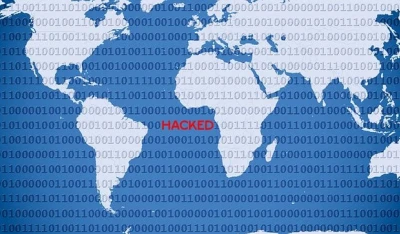 Cicada3301 first became of interest to cybersecurity experts in June 2024. Its source code is similar to BlackCat ransomware, which has since become dormant. What makes this threat unique, though, is its cross-platform capability—written in Rust to target multiple operating systems such as Windows, multiple Linux distributions, ESXi virtualization hosts, NAS storages, and various versions of PowerPC processors.
Cicada3301 first became of interest to cybersecurity experts in June 2024. Its source code is similar to BlackCat ransomware, which has since become dormant. What makes this threat unique, though, is its cross-platform capability—written in Rust to target multiple operating systems such as Windows, multiple Linux distributions, ESXi virtualization hosts, NAS storages, and various versions of PowerPC processors.
Cicada3301 ransomware operates similarly to other forms of ransomware by encrypting files on infected systems but with additional malicious steps taken before encryption. For example, this ransomware shuts down virtual machines, inhibits system recovery processes, terminates suspicious processes and services, and deletes shadow copies—making recovery more difficult without paying the ransom. Furthermore, it inflicts maximum damage by encrypting network shares, further compounding victim frustration.
Cicada3301's affiliate program stands out as one of its hallmarks. To recruit affiliates, the group advertised on the RAMP cybercrime forum using the Tox messaging service. It provided affiliates access to an affiliate panel offering extensive features that allowed them to manage their operations efficiently. These features included Dashboard, News, Companies, Chat Companies, Chat Support, Account, and FAQ sections.
Who Does Cicada3301 Target?
Cicada3301 is particularly dangerous because it targets all operating systems without discrimination. So far, it has compromised at least 30 organizations from critical sectors across the USA and the UK. No sector seems immune. Victims include essential industries, such as aerospace or power generation. Exfiltrating data before encryption further heightens victim pressure while adding an extra level of extortion, threatening financial loss as well as reputational harm.
Cicada3301's sophistication lies not just in its technical prowess but also in its operational setup. For instance, its affiliate panel was designed to be user-friendly so that even inexperienced cybercriminals could execute targeted and high-impact attacks without technical training. Researchers Nikolay Kichatov and Sharmine Low also disclosed that professional-grade tools utilized by this group include ChaCha20 encryption technology, which makes the ransomware resistant to decryption attempts.
The group's ability to exfiltrate data before encryption and shut down virtual machines amplifies its impact, prompting individuals and companies to be aware of potential financial ransom demands and any collateral damage, data leakage, or operational disruption due to an attack.
Practical Protection Advice for Mitigating the Cicada3301 Ransomware Threat
Admins must focus on several critical areas to protect themselves against ransomware and other cybersecurity threats. First and foremost is the importance of implementing robust backup and recovery solutions. Regularly scheduled copies should be stored offline or isolated to mitigate risks posed by shadow copy deletions and network s hare encryptions. Multi-layered network security solutions are also critical to an effective ransomware protection strategy. Advanced threat detection systems for tracking suspicious behavior, firewalls, intrusion detection/prevention systems (IDS/IPS), and up-to-date endpoint protection are essential.
hare encryptions. Multi-layered network security solutions are also critical to an effective ransomware protection strategy. Advanced threat detection systems for tracking suspicious behavior, firewalls, intrusion detection/prevention systems (IDS/IPS), and up-to-date endpoint protection are essential.
Network segmentation and adherence to the principle of least privilege are also crucial measures for ransomware containment and damage limitation. Segmenting helps manage spread while least-privilege models limit user and application access only as necessary, mitigating the damage of potential breaches. Furthermore, patch management is integral as regular updates to systems and software can protect them against ransomware that exploits known vulnerabilities.
User education also plays an essential part in protecting against ransomware infections. Employees should be educated about phishing threats and other entry points for ransomware attacks, creating a culture of cybersecurity awareness where vigilance is the norm. Monitoring dark web activity with threat intelligence services provides early warning about emerging threats or any possible targeting of specific sectors.
Implementing strong authentication measures, such as multi-factor authentication (MFA), across critical systems is an excellent way to prevent unauthorized access even if login credentials become compromised. Additionally, having an incident response plan should never be taken for granted. Drills should be held regularly so that all parties involved understand their role in case a ransomware attack arises and can act swiftly to minimize damage.
Our Final Thoughts on Navigating RaaS Threats to Linux Systems
Cicada3301's operations reveal a new standard for ransomware attacks, employing advanced tools and professional-grade operational sophistication. As these attacks increasingly target critical sectors, proactive and comprehensive security measures become ever more necessary in protecting organizations against ransomware's ever-evolving mechanisms and techniques.













